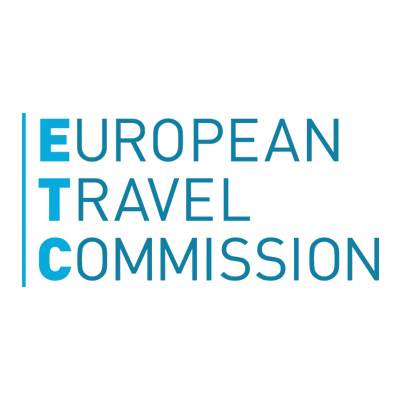2024 will be a busy year for European tourism as consumers continue to prioritise travel experiences
Data across reported destinations shows a sustained increase in international tourism volumes in Europe. The latest data for the full year 2023 shows that foreign visitor numbers are 1.2% lower than in 2019, but foreign overnight stays have rebounded to only a 0.2% decrease. This recovery continues into the first months of 2024, with a smaller number of reported destinations showing increases of 7.2% and 6.5% respectively compared to the same period in 2019.
Year-to-date arrivals data shows that the trend regarding the dispersion of tourists among European destinations continues into 2023 and 2024. Southern European destinations, especially those known for their relatively affordable prices, have been doing well in attracting international visitors in the first months of the year. Serbia (+46.9%), Bulgaria (+38.8%), Turkey (+35.3%), Malta (+34.8%), Portugal (+16.9%) and Spain (+14.0%) reported the highest growth rates compared to 2019. Meanwhile, the Baltic countries are slower to recover, with international tourist numbers in Lithuania (-14.0%), Estonia (-15.1%) and Latvia (-33.5%) remaining below 2019 levels.
Consumers will continue to prioritise travel spending over other leisure expenditures in 2024, leading to an increase in the number of visitors within Europe and from long-haul markets. Forecasts indicate that tourists will spend €742.8 billion in Europe in 2024, 14.3% more than last year. Tourists’ spending on food and beverages is expected to jump 30% compared to 2023, showing good prospects for providers of gastronomic experiences in Europe. Similarly, spending on recreation, culture and sports (+27%), retail (+23%), transport (+23%) and accommodation (+19%) are expected to increase, driven by both inflationary pressures and demand preferences. Suppliers will be called upon to strike a balance to ensure that rising prices do not lead to a decline in the perception of value for money.

